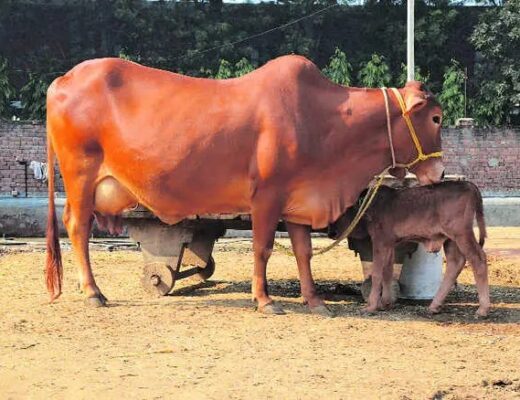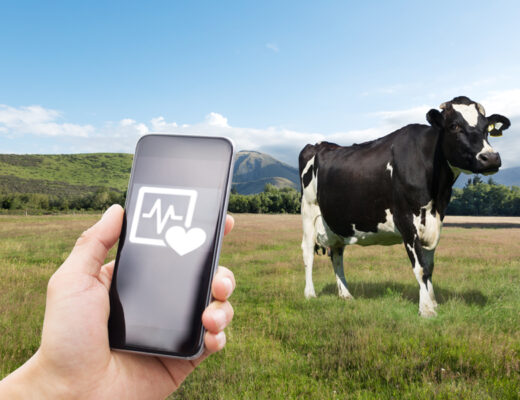What is Lumpy Skin Disease
A report by GAVI, the Global Alliance for Vaccines and Immunisation, states that Lumpy Skin Disease (LSD) disease is caused by a virus called the Capripoxvirus and is “an emerging threat to livestock worldwide”. It is genetically related to the Goat pox and Sheep pox virus family. Cattle and water buffalo are primarily infected by LSD by vectors like blood-feeding insects. Circular, hard nodes that resemble lumps and form on the animal’s hide or skin are indicators of infection.
Animals with the infection begin losing weight right away, and they may also experience fever, oral sores, and decreased milk production. Excessive nasal and salivary secretion are additional signs. Miscarriages occur often in pregnant cows and buffaloes, and in some situations, ill animals may also die as a result. The incubation period for LSD is 28 days but experimentally infected cattle may develop clinical signs as early as 6-9 days
Causes of Lumpy Skin Disease
The lumpy skin disease virus (LSDV), a member of the genus Capripoxvirus (CaPV) under the family Poxviridae, is the culprit behind lumpy skin disease. The sheep pox virus (SPPV) and goat pox virus (GTPV), are closely related but phylogenetically distinct, and the lumpy skin disease virus shares the same genus. LSD, SPP, and GTP viruses have serological cross-reactions, thus there is only one serological type of LSDV. The huge, double-stranded DNA virus has very little genetic diversity and is highly stable. Therefore, unlike other TADs like foot-and-mouth disease, the farm-to-farm spread of LSDV cannot be tracked by sequencing the virus isolates (FMD).
Mitigation of Lumpy Disease
- The best defence is a preventive vaccine for the entire herd of cattle, administered in high-risk locations well in advance.
- Cattle movement within the nation and across borders should be strictly regulated or outright prohibited. A veterinarian certificate with all information on the animals’ origins and assurances of their health should be included with authorized cattle transfers.
- If possible without compromising animal welfare, cow herds in impacted villages should be kept apart from other herds by avoiding communal grazing. It is necessary to assess the viability of separation on a case-by-case basis when the entire hamlet forms a single epidemiological unit.
- Once full immunity has been demonstrated by a vaccine with a proven track record, movements of vaccinated animals may be permitted within a restricted area within a nation (28 days after vaccination).
- To reduce the chance of the disease being spread by a vector, cattle should be treated with insect repellents on a regular basis. Although it cannot completely stop transmission, this step may lower the danger.
Cattle is the real asset for over 75 million dairy farmers in India. CEDSI works for & alongside dairy farmers to guide them in facing difficult times. Dairy Corporates, Co-Operatives, and CSR funding agencies willing to undertake programs in Livestock, Animal Health, Feeding, and Breeding Disease control can collaborate with CEDSI. We Bring in-field experience of over 30+ Years in project implementation and delivering change.




